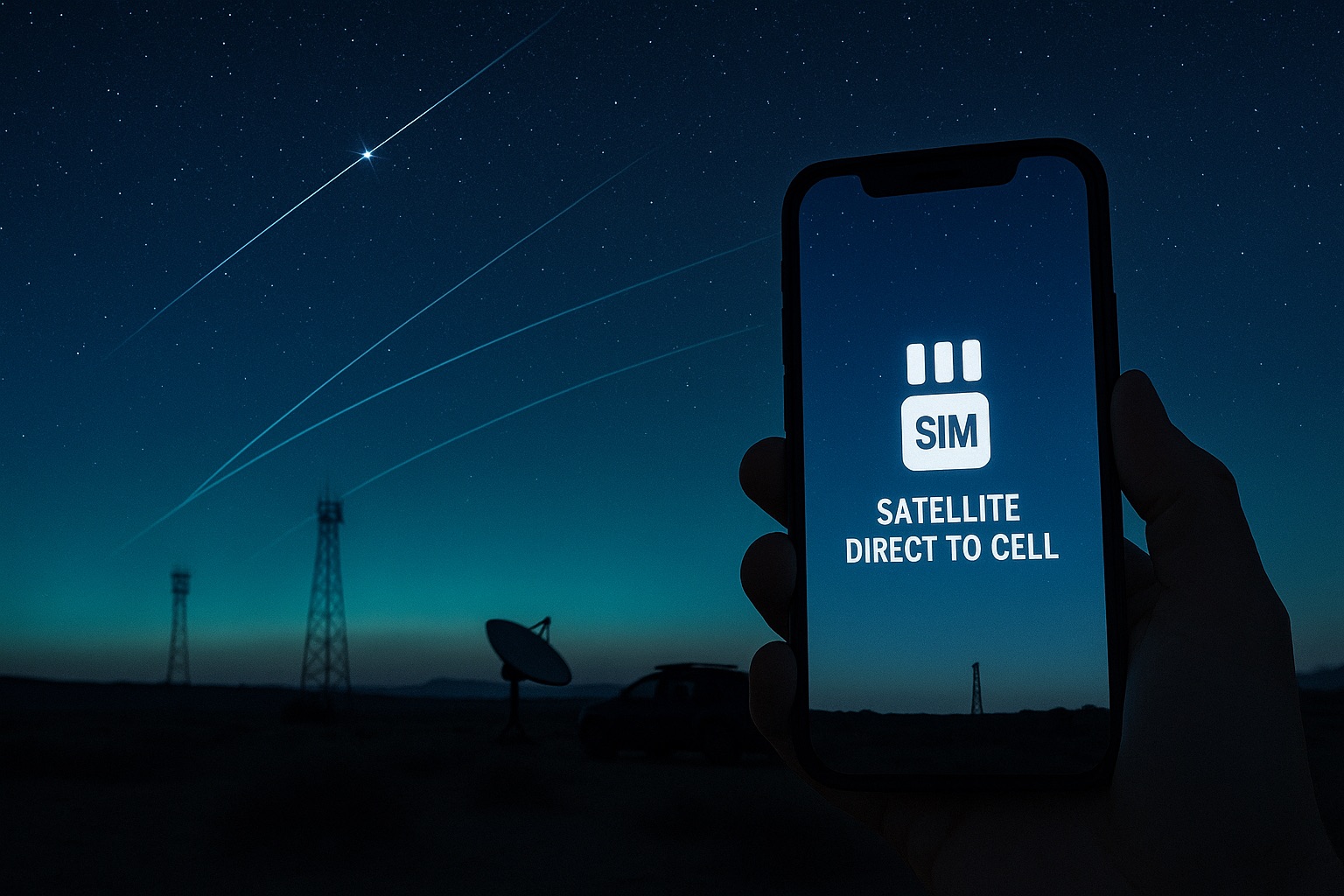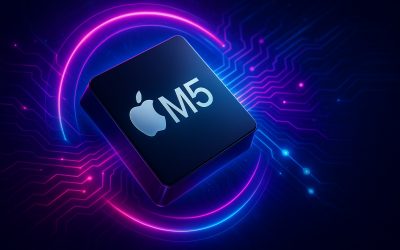Elon Musk has been talking about cutting out the cellular middleman for years, and now it’s actually happening. Starlink’s Direct to Cell service isn’t just another satellite phone concept – it’s a fundamental challenge to how we think about mobile connectivity. Let’s break down what this means for your monthly phone bill.
The Revolutionary Promise: Space-Based Cell Towers
Here’s what makes this different from every satellite phone you’ve ever seen: no special hardware required. Your current iPhone or Android device will work with Starlink satellites as if they were regular cell towers, just floating 340 miles above your head instead of mounted on poles.
Think of it like this – instead of building thousands of cell towers across remote areas, SpaceX is essentially putting cell towers in space that can cover vast areas of Earth at once. These satellites act like “cell towers in the sky” using advanced eNodeB modems that communicate directly with standard LTE phones.
How Your Phone Connects to Space
The technical magic happens through something called Direct to Cell capability. Starlink satellites equipped with special modems can broadcast cellular signals using the same LTE standards your phone already understands. When you’re in a dead zone, your phone automatically connects to the overhead satellite instead of searching endlessly for a terrestrial tower.
The satellites connect to each other via laser links, creating a mesh network in space that routes your call or text back down to Earth’s internet infrastructure. It’s like having a cellular network that follows you everywhere, as long as you can see the sky.
What Works Right Now (And What Doesn’t Yet)
Currently Available:
- Text messaging through T-Mobile partnership
- Basic SMS and MMS capabilities
- Emergency services access
- Coverage across most of the US including remote areas
Coming Soon:
- Voice calls
- Mobile data browsing
- Video calling capabilities
- Global expansion beyond the US
The FCC has approved the service but with power limitations that currently restrict real-time voice and video. SpaceX is working to address these restrictions as they scale up the satellite constellation.
The T-Mobile Partnership That Changes Everything
Right now, T-Mobile customers get first access to this space-based cellular service. The partnership gives T-Mobile exclusive US access for one year, after which other carriers can join the party. This isn’t a separate service you pay extra for – it’s included with certain T-Mobile plans.
What’s particularly clever is that T-Mobile is using its existing mid-band spectrum to enable the satellite connection. You’re not switching to a different network; you’re getting expanded coverage of your existing network via space.
Why Traditional Carriers Are Nervous
AT&T and Verizon have been pushing back against this technology, claiming it could interfere with their existing networks. They’ve asked the FCC to delay approvals and impose stricter power limits on Starlink’s satellite transmissions.
Their concerns aren’t entirely unfounded – if satellite-based service becomes seamless and ubiquitous, it could fundamentally disrupt the traditional cellular business model that relies on expensive terrestrial infrastructure.
The $17 Billion Bet on the Future
SpaceX recently made a massive $17 billion deal with EchoStar to acquire wireless spectrum licenses. This purchase gives them significantly more freedom to operate their Direct to Cell service without depending entirely on carrier partnerships.
The new spectrum will enable “optimized 5G protocols” and satellites with over 100 times the capacity of the current first-generation Direct to Cell satellites. This suggests SpaceX is planning for a future where satellite-based cellular service isn’t just a backup option – it’s a primary way people connect.
Real-World Impact: Who Benefits Most
Remote Workers and Travelers: If you work from cabins, RVs, or remote locations, this could eliminate the constant hunt for cellular coverage.
Emergency Situations: Natural disasters that knock out cell towers won’t cut you off from communication if you can see the sky.
Rural Communities: Areas where building traditional cell infrastructure isn’t economically viable could get full cellular coverage via satellite.
Maritime and Aviation: Boats and planes could offer passengers seamless cellular connectivity without expensive specialized equipment.
The Technology Hurdles Still Ahead
Power Limitations: Current FCC restrictions limit signal strength, affecting call quality and data speeds.
Satellite Density: SpaceX needs thousands more satellites to provide truly global, reliable coverage.
Weather Dependencies: Satellite connections can be affected by heavy cloud cover or severe weather.
Bandwidth Constraints: Satellites have limited capacity compared to fiber-optic terrestrial networks.
What This Means for Your Phone Bill
The big question everyone’s asking: will this make cellular service cheaper? The answer is complicated.
Initially, satellite-enhanced coverage will likely be bundled into existing plans rather than offered as a standalone cheaper option. But long-term, if SpaceX can bypass traditional carrier infrastructure entirely, it could pressure the entire industry to reduce prices.
The real disruption might come when SpaceX starts offering direct-to-consumer cellular service, cutting out traditional carriers altogether. That’s not happening immediately, but the $17 billion spectrum purchase suggests it’s part of the long-term strategy.
Global Ambitions Beyond the US
Musk has indicated that Starlink plans to work with “one carrier in each country” initially, then expand to serve all carriers globally. This could create the first truly global cellular network, where your phone works seamlessly whether you’re in downtown Tokyo or the middle of the Sahara.
The technology could be particularly transformative in developing countries where cellular infrastructure is limited or expensive to deploy.
Looking Ahead: The End of Dead Zones?
Musk’s bold claim that there will be “no dead zones anywhere in the world” for cell phones might sound like typical Elon hyperbole, but the technology is genuinely moving in that direction.
With over 650 Direct to Cell satellites already in orbit and plans for thousands more, we’re looking at a future where cellular coverage becomes truly ubiquitous. Whether that future includes traditional carriers or bypasses them entirely remains to be seen.
The technology is real, the regulatory approvals are coming through, and the infrastructure is being deployed. Your next phone might get its signal from space more often than you think.
What’s fascinating: This isn’t just about better coverage – it’s about fundamentally reimagining how cellular networks work. Instead of building infrastructure on the ground to reach people, we’re putting the infrastructure in space where it can reach everyone. That’s a pretty wild shift when you think about it.




Post a comment